On 1 November 2025, in Hora (Mzimba district), Plan International Malawi brought together government officials, traditional leaders, survivors, young people and health workers to roll out a coordinated push against child marriage.
The event combined 3 linked actions for Plan Malawi, the national launch of the End Child Marriage campaign, the State of the World’s Girls 2025 report “Let me be a child, not a wife”, and the handing over of the Youth-Friendly Health Corner at Hora Health Centre to the community — to show that prevention must sit side-by-side with services for girls already affected.
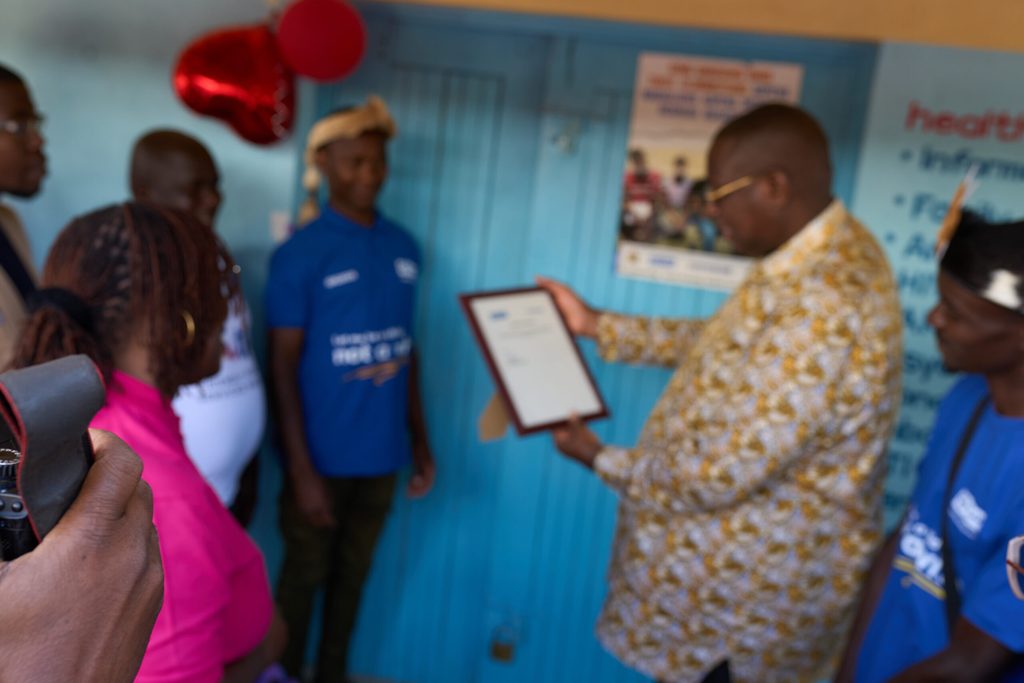
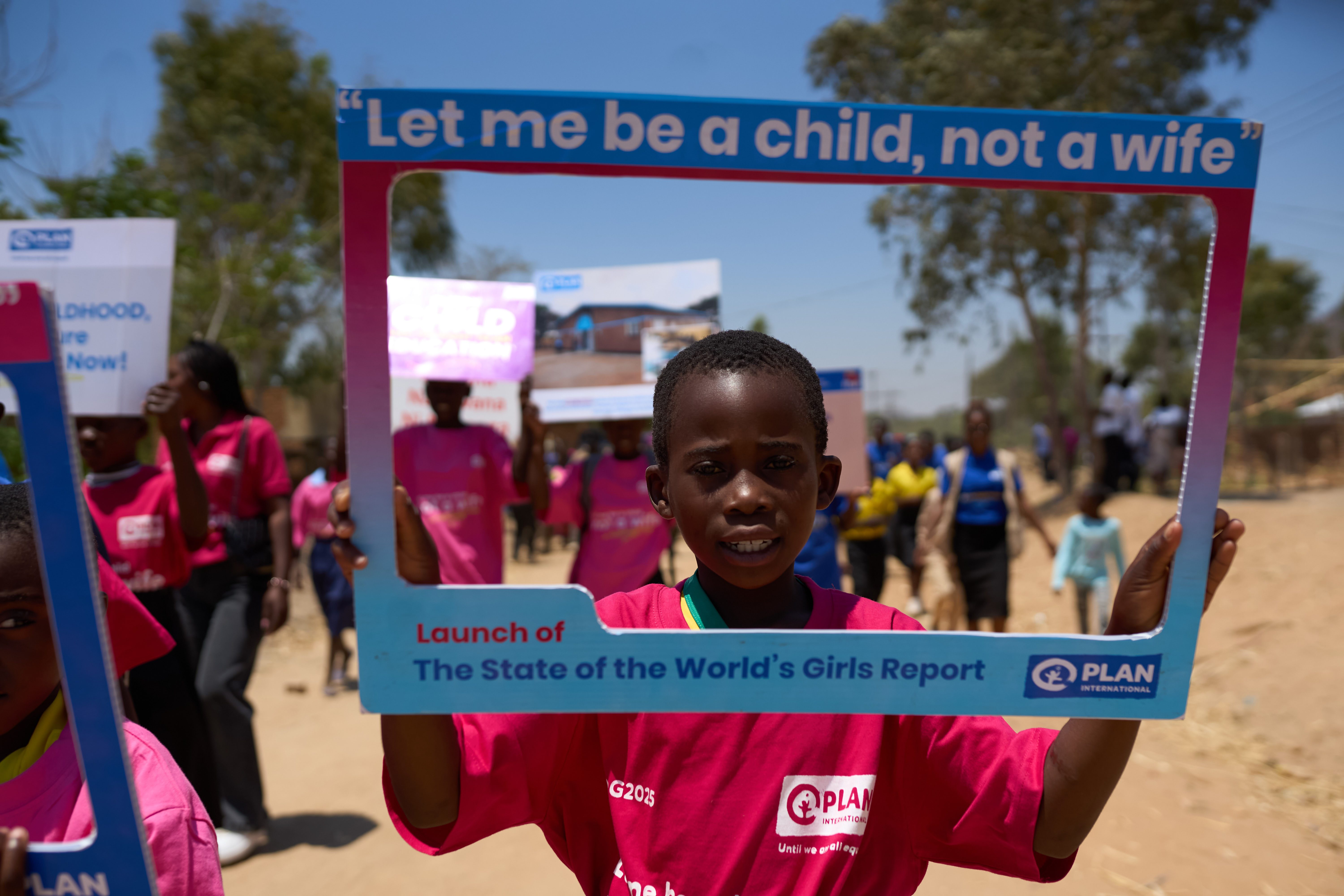
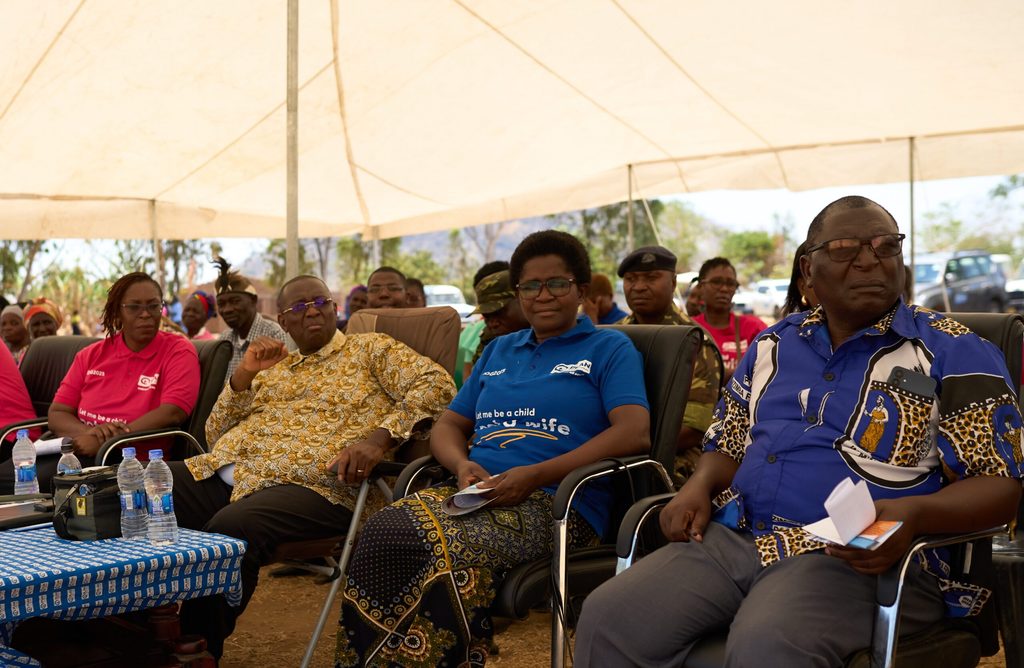
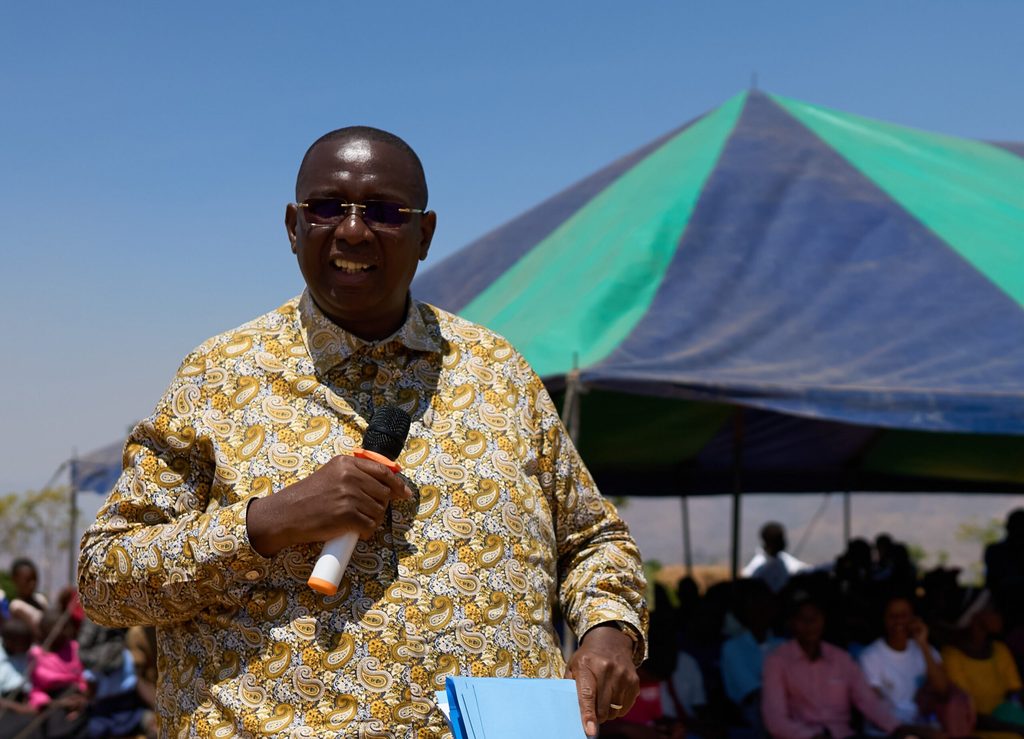

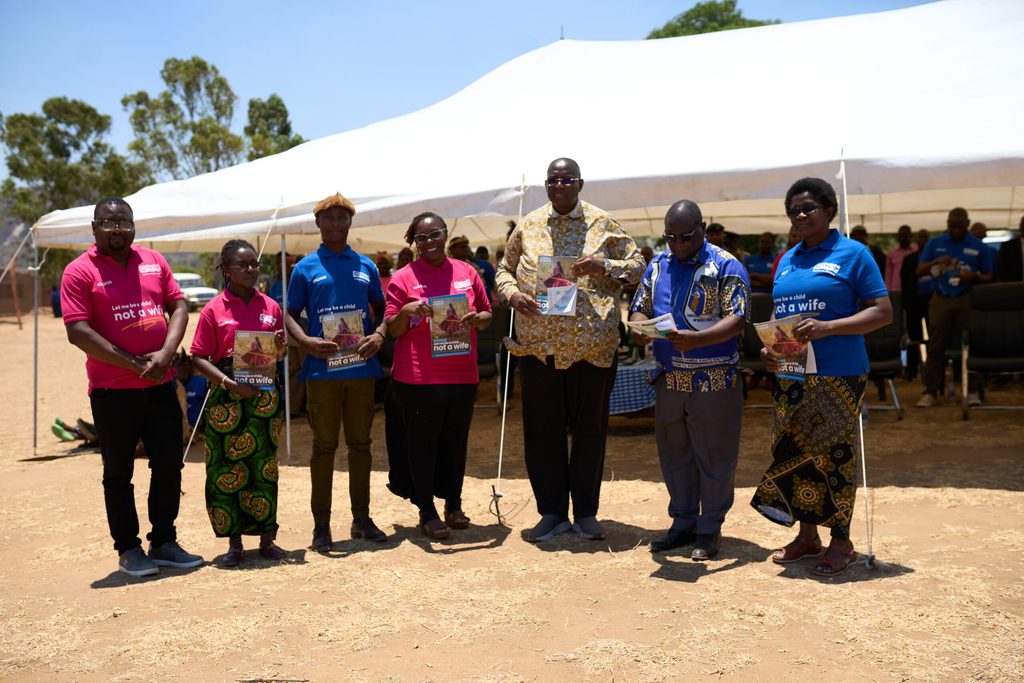
Why this moment matters
The end child marriage campaign still matters now even though Malawi has made real legal progress.
The country’s laws now set 18 as the marriageable age, and national strategies to end child marriage have been produced in recent years.
But policy alone hasn’t ended the practice. National surveys and United Nations reports show that child marriage remains widespread.
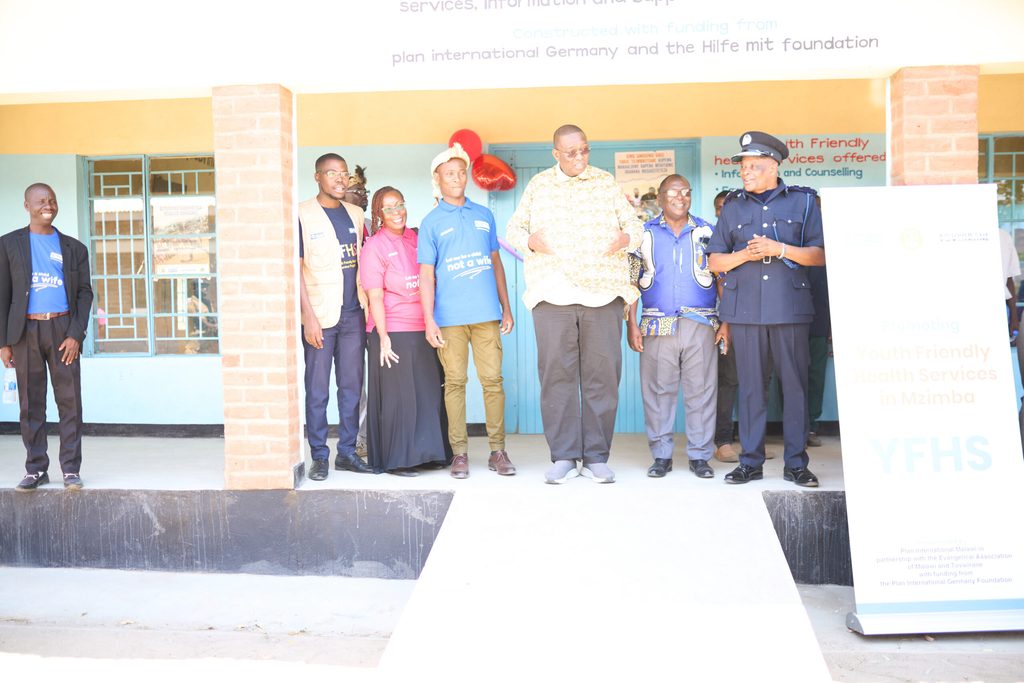
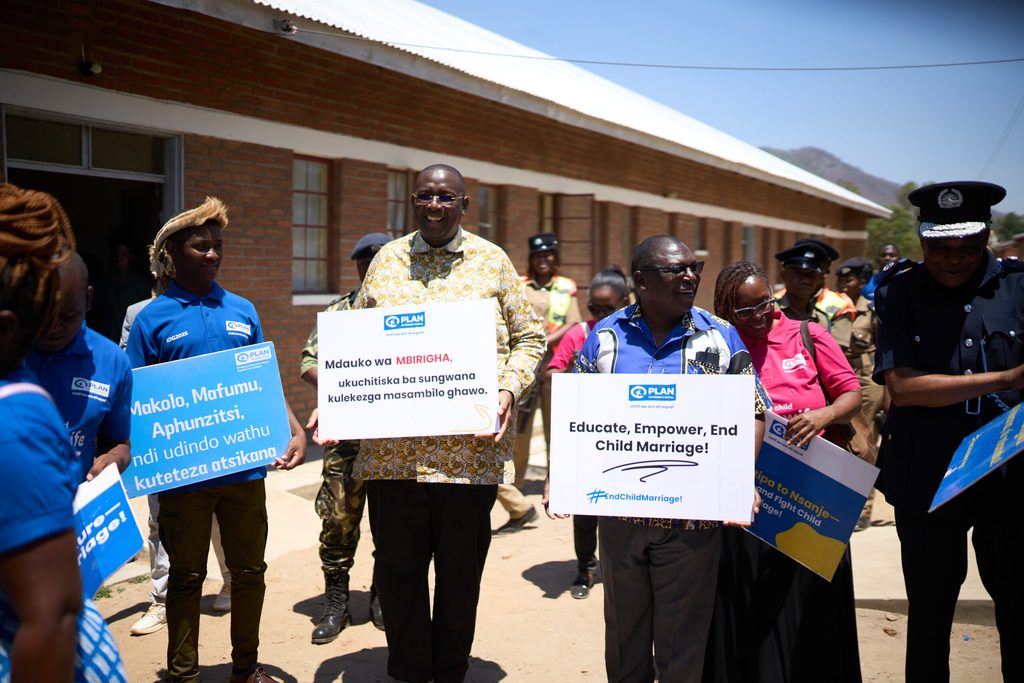
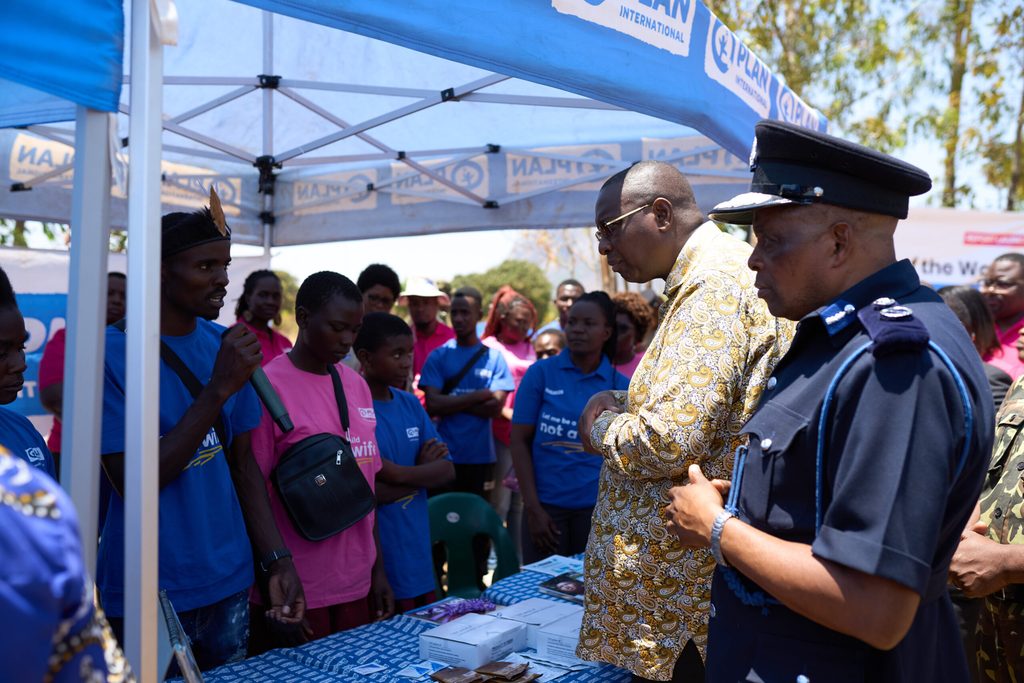
Research driven policy recommendations
Informed by the State of the World’s Girls 2025 report which highlights lived experiences of girls who have gone through child marriage, Plan Malawi used survivors’ testimonies and policy recommendations as the center of public debate.
By involving senior government figures and community leaders, Plan Malawi pushed for accountability and for the national strategy and budgetary commitments to be made meaningful at local level.
The Youth Friendly Health Services Corner at Hora Health Centre was handed to the community as a practical, on-the-ground commitment. Linking the symbolic act of the campaign launch to a concrete resource.
The guest of honour at the launch, former Malawi Vice President, Rt Hon. Khumbo Kachali said, “Child marriage steals childhood and undermines national development. As a nation we must move beyond sympathy to action, strengthen enforcement of our laws, work with traditional leaders to change harmful norms.”
How the End Child Marriage campaign will work
This campaign will reclaim childhoods and expand life choices for girls by tackling the root causes that push families to marry daughters early.
By combining public accountability, survivor-centred storytelling and practical services, the campaign helps keep girls in school, reduces health risks from early pregnancy, and creates pathways to economic independence.
Learn about Plan’s global End Child Marriage campaign here.
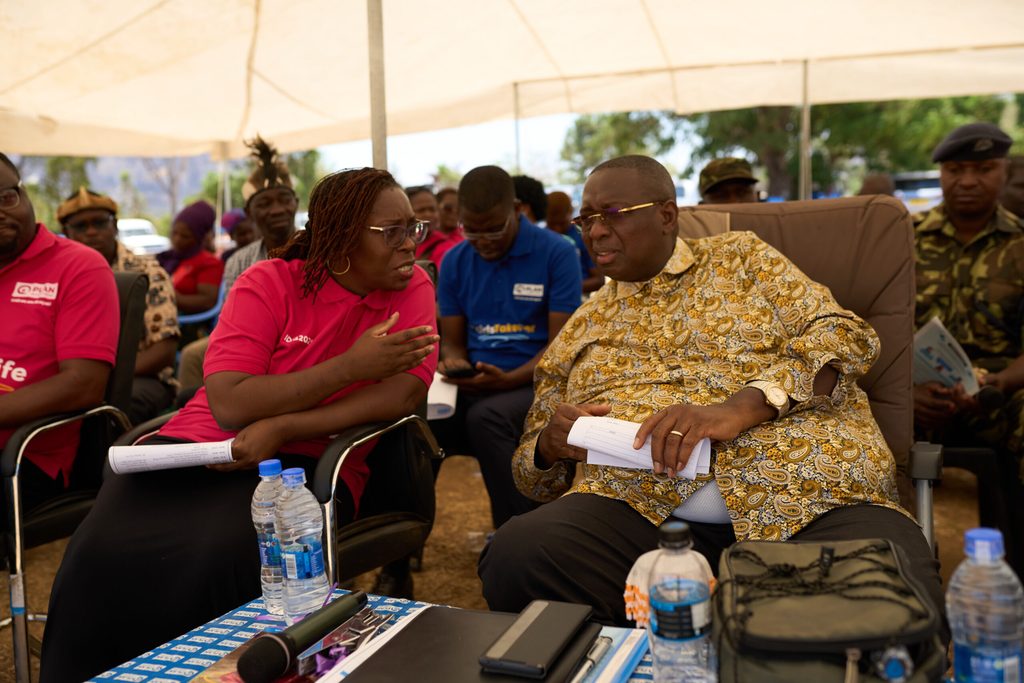

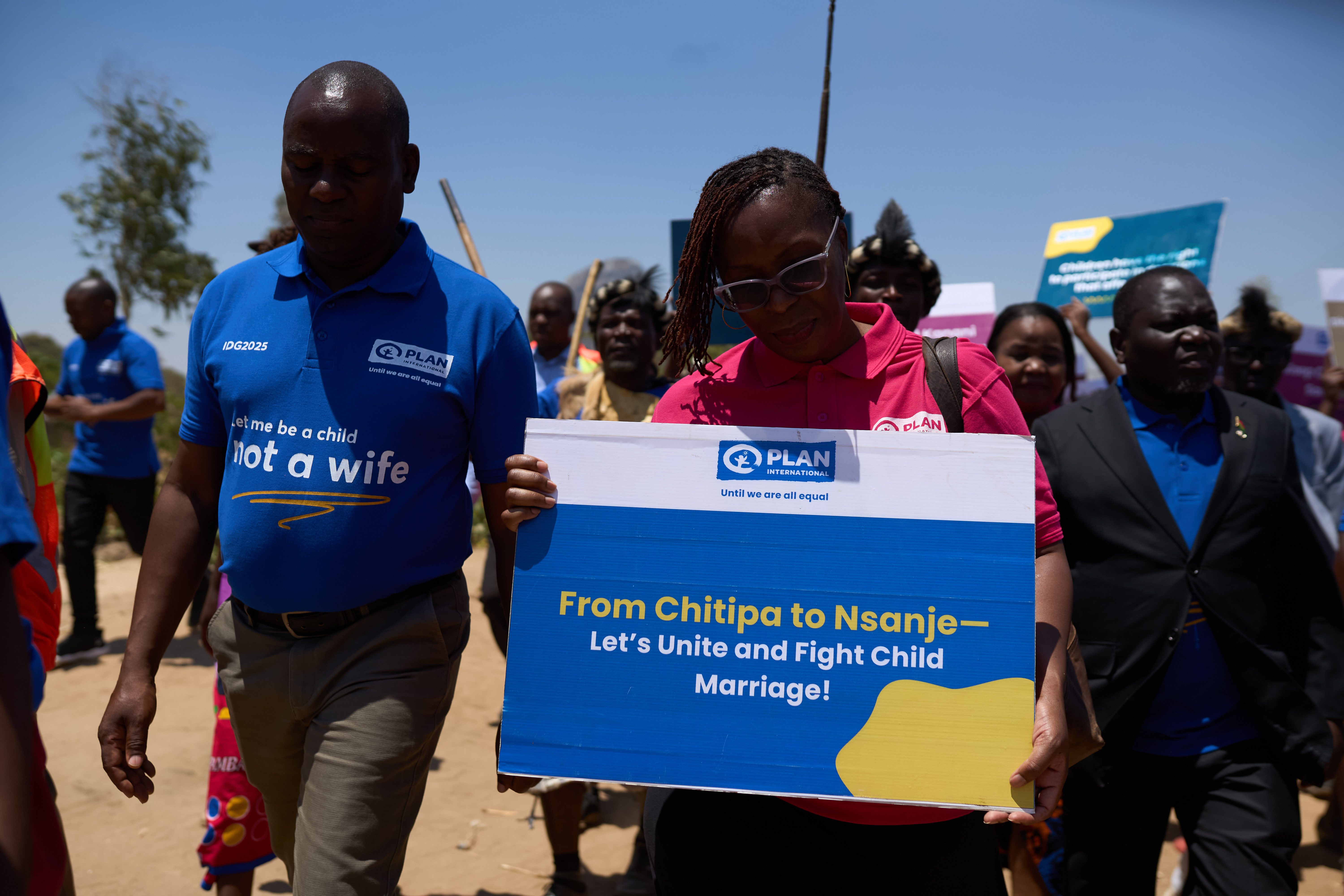
A child marriage survivor from Mzimba shared, “I was married at 15, but with support from Plan International’s Mother Groups, I left the marriage, returned to school and now mentor other girls. When I speak at community meetings chiefs listen because they see the difference and the impact of keeping girls in school.”
Key data and facts for readers and policymakers
- 38% of women and girls were married before age 18 in 2023 (down from 48% in 2019). That decline is progress, but the remaining prevalence still represents a public-health, education and human-rights crisis.
- Poverty, teenage pregnancy, limited school completion for girls, harmful social norms and gaps in enforcement remain key drivers of child marriage. This is why campaigns, education and girls being safe in their homes and communities are essential.
- The rate of child marriage varies by district and by household poverty; some rural and certain cultural contexts still show high rates, up to 46% and local enforcement of marriage laws is inconsistent.
- Data isn’t always accurate. While surveys show positive trends, up-to-date subnational data is uneven; continuous monitoring should be part of any campaign’s work plan.


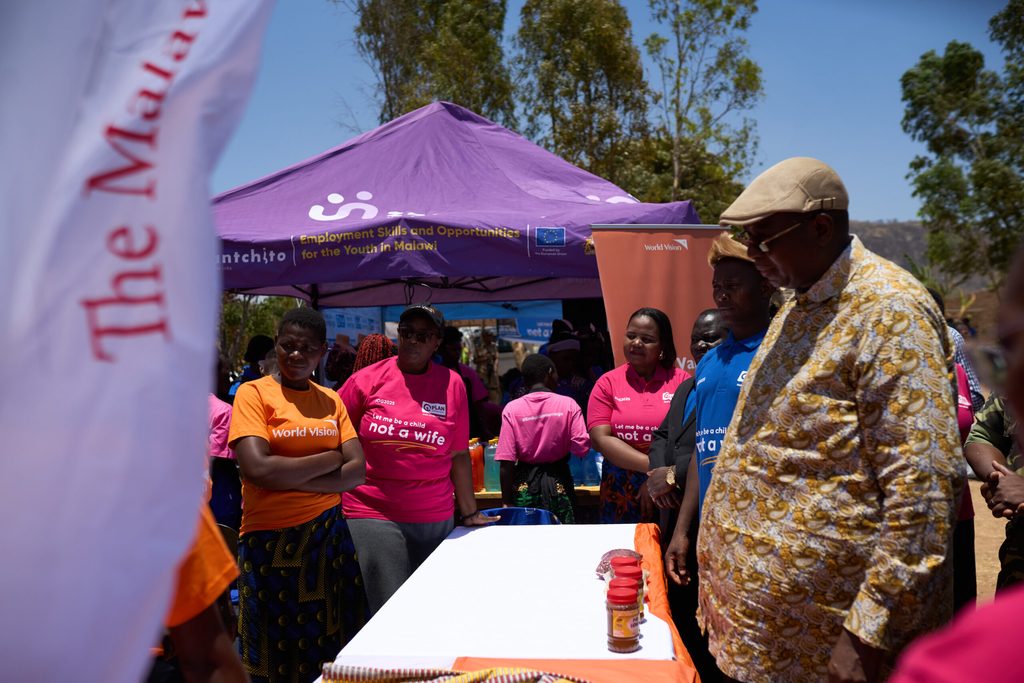
Collaborating with the Association of Catholic Journalists
The Association of Catholic Journalists (ACJ) was engaged to strengthen faith-sensitive media coverage. Plan Malawi provided a tailored training for ACJ members on child-marriage data, survivor-centred reporting, ethical journalism, and faith-sensitive messaging. They co-produced a short “Faith & Rights” media toolkit and 2 sample radio/print packages that journalists can adapt for rural audiences.
“The Catholic media must be the voice of truth and light, guiding our communities to see that when we educate a girl, we build a nation, but when we allow her to be married too soon, we dim her light for potential.” Rt. Rev. Bishop Yahane Nyirenda said.
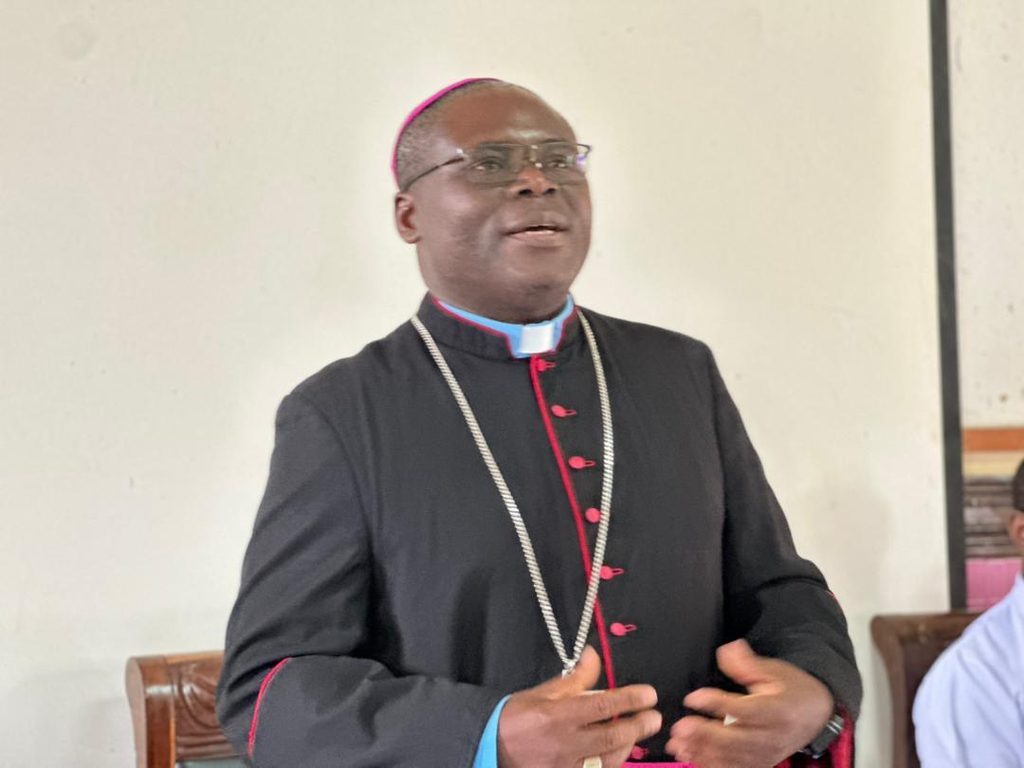
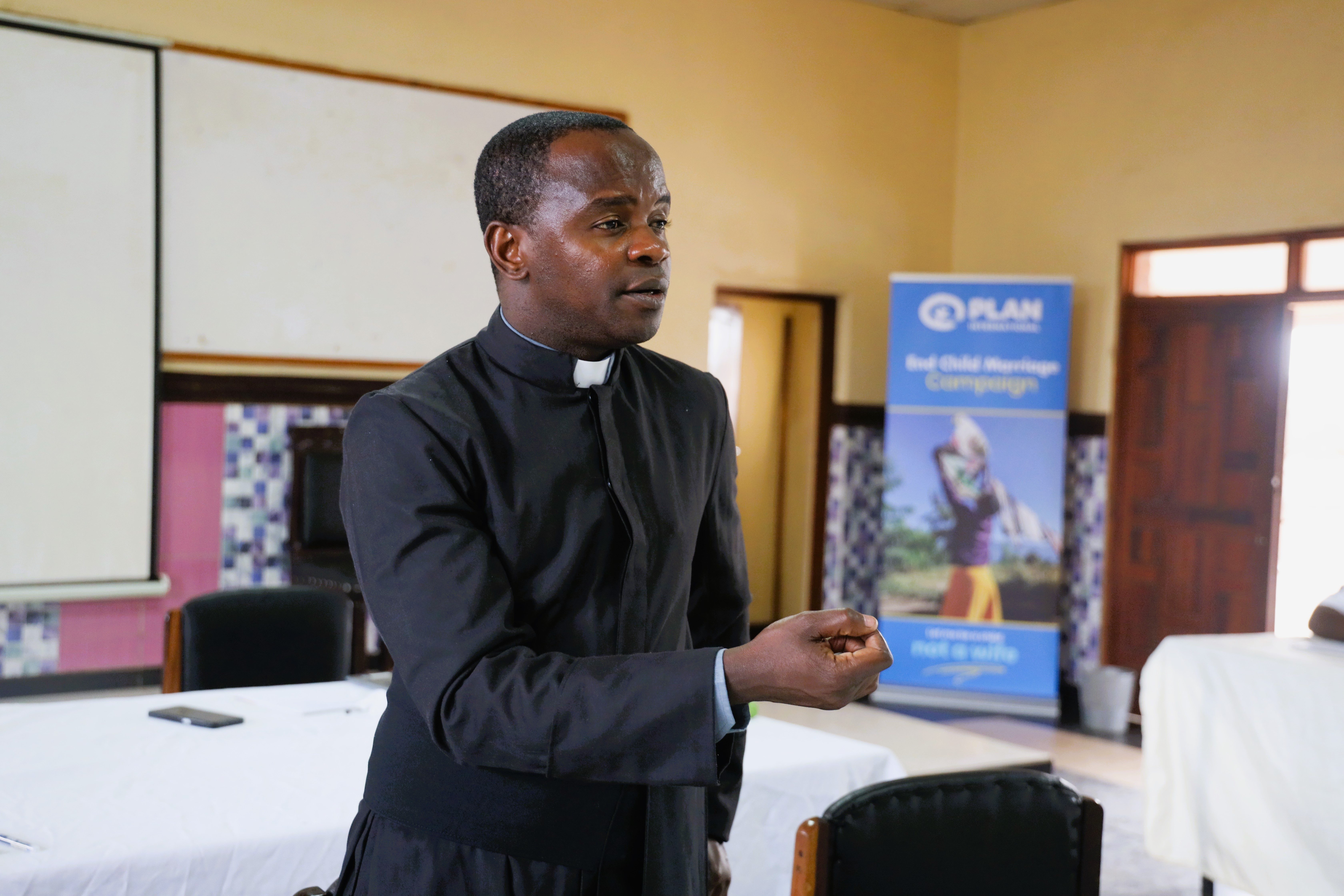



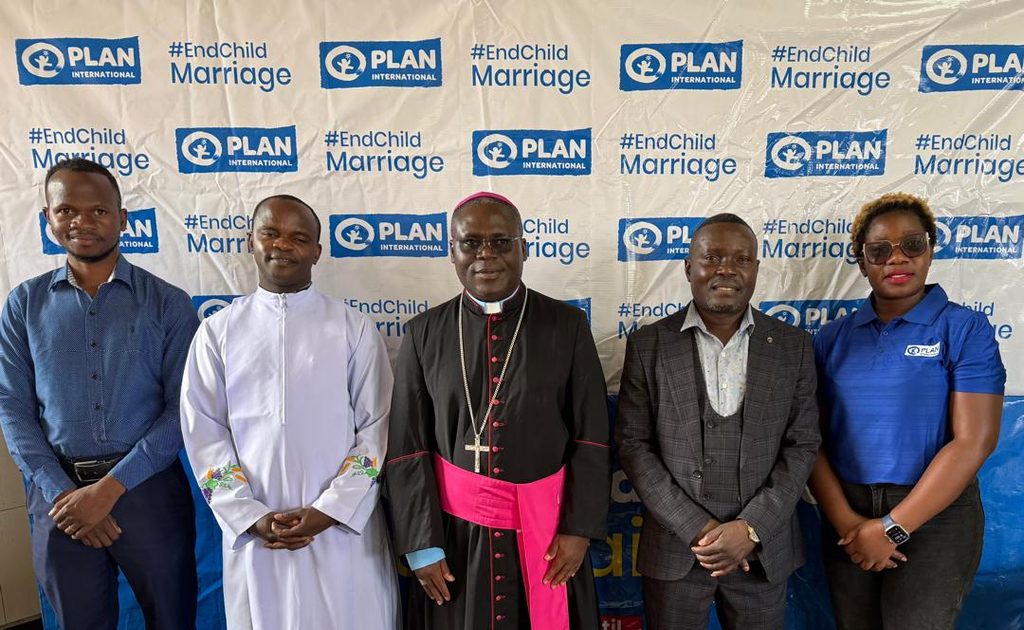
What needs to happen next
- Follow-through on commitments: Ministries and district governments need to convert words from the launch into district budgets and monitoring frameworks. The national strategy must be operational at community level.
- Scale adolescent health services: The Hora Health Centre model needs to be replicated and recurrent financing available so youth corners are not one-off gestures.
- Working with young people and survivors: The campaign will continue working with different stakeholders to advance policy advocacy.


